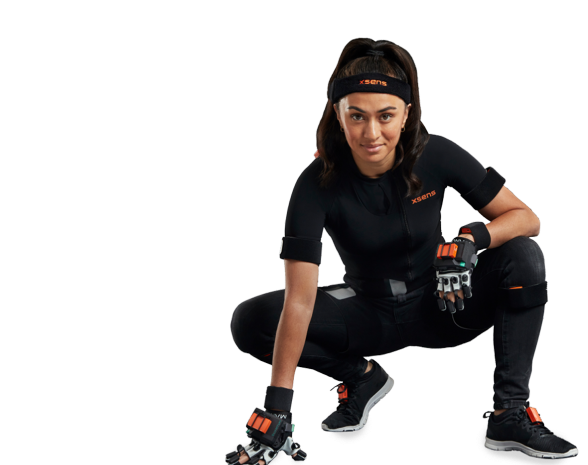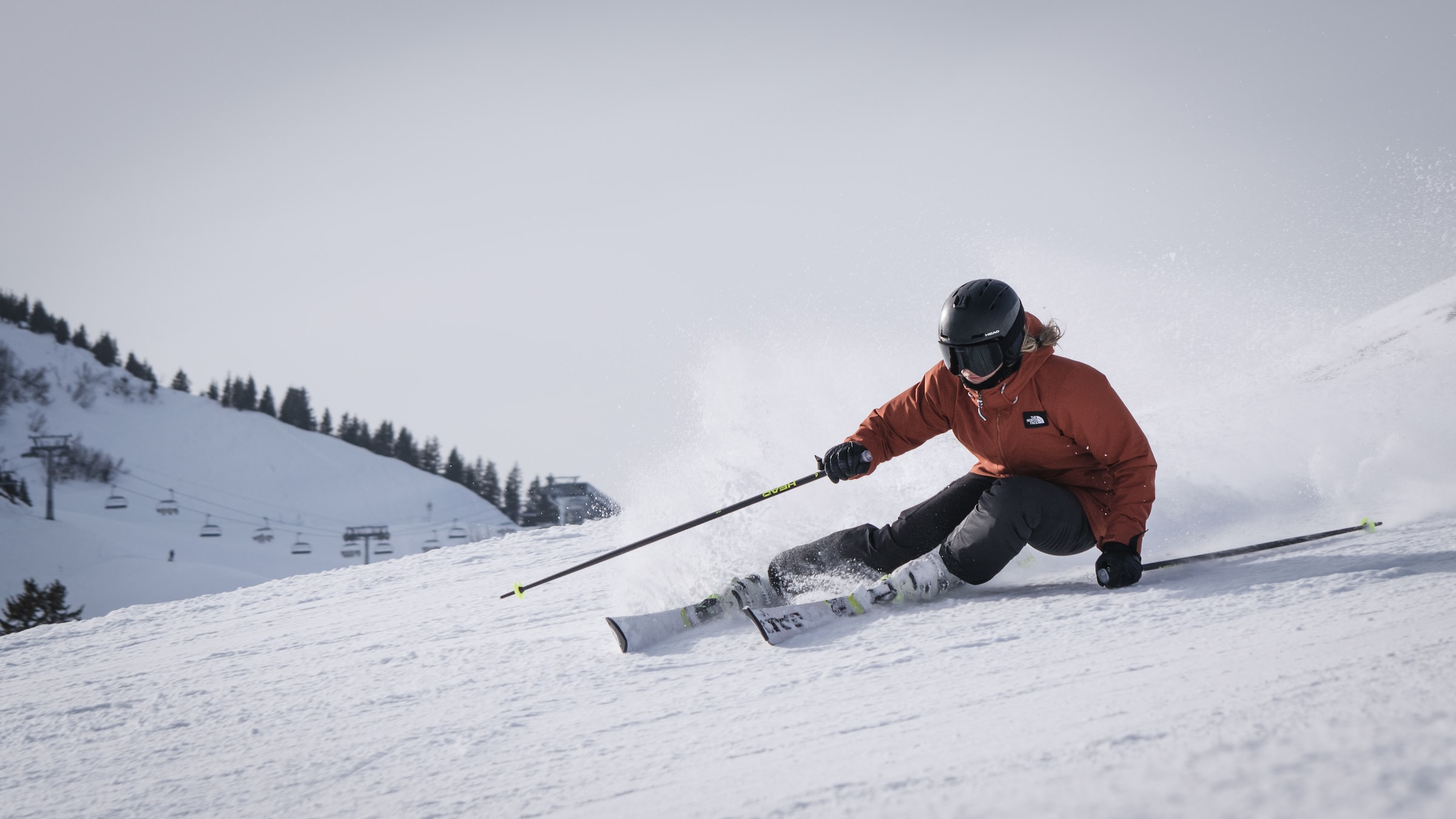
Information
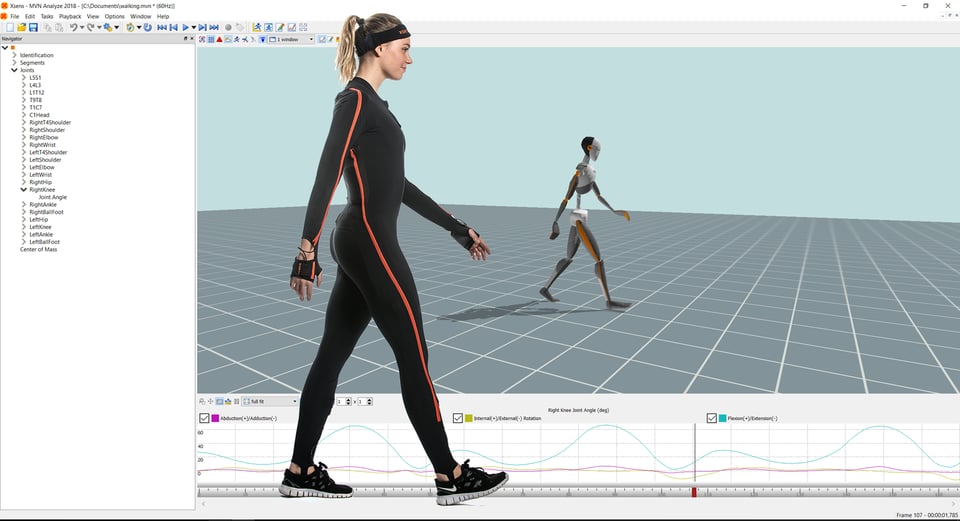
Ready to make your move?
The Biomechanics Challenge is open for registration for teams up to 4 participants and 1 mentor. All participants receive the case study at the same time worldwide and 2 weeks after they’re expected to deliver the project. It is assumed that each participant will contribute equally to the challenge and therefore, the prize is attributed in name of all the registered names. This process is ensured by signing a prize agreement form by all the members of the team.
The top ranked teams will be invited for an online presentation in which they will present their work. The jury committee will be present to evaluate the projects. The webinar will be made public is freely accessible for anyone interested to attend. The top 3 projects will later be announced via social media and email.
At the end of the event, a certificate will be sent to every participant of the challenge.
New this year: Mentors
When registering, each team has the option to add a mentor to the team. The mentor will be kept informed about the different deadlines, deliverables and presentations. We will highly suggest that the mentor should be someone with a large amount of academic experience (e.g. professor, assistant professor, post-doc, researcher). However, this role will not be mandatory, nor will we require proof of qualification, since it is out of our work capacity to control these requirements.
Mentors can guide the group of students during the project and provide support to the team during the challenge.
Your questions answered...
Who is the challenge for?
The challenge is open to anyone with an interest in biomechanics, who wants to test their skills and take them to the next level. It will particularly suit Masters or PhD students specialising in biomechanics, physiotherapy, engineering, computer science and sport science.
How many people can make up a team?
Up to four people can form a team. They can also add a mentor. The mentor will guide the participants during the project, so, it makes sense to appoint a mentor with scientific experience in the subject (e.g. a professor or someone with experience of developing innovative solutions).
When is the challenge revealed?
On 9 March 2023 in the kick-off webinar. After that, the case study challenge will be available for all registrants.
What are the prizes?
First prize:
The winning team receives an Awinda starter kit, with an Awinda docking station and one-year of an Xsens Analyze license. Also, a €5,000 development award can be given to the winning team to further develop the winning project. The prize is given jointly to the four members of the winning team.
Second prize:
The second-place team receive an Awinda starter kit, with an Awinda docking station and six months of an Xsens Analyze license.
Third prize:
The third-place team receive a DOT kit with a charging station.
Additionally, all finalists will have the opportunity to enjoy a day in the Movella office to meet our team, get hands-on with our products and learn more about what we do.
Can participants in the challenge earn academic credits (ECTs)?
Here is a list of universities who will give credits to students who participate. If your university is not on the list, you can still take your certification of completion and the challenge case study to your graduate school, to discuss the possibilities for accreditation.
Biomechanics challenge 2023
Who are the judges?
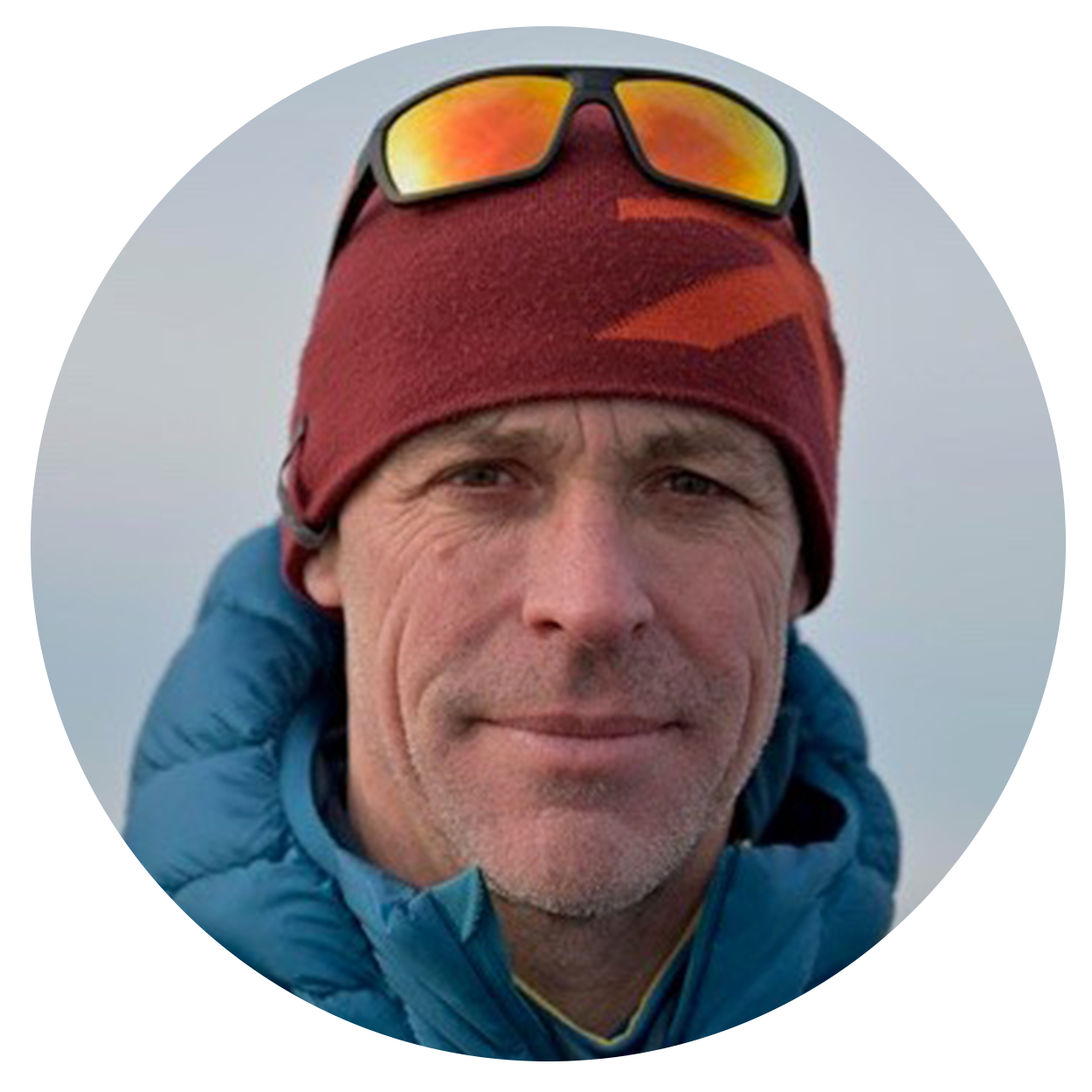
Jeroen van der Eb
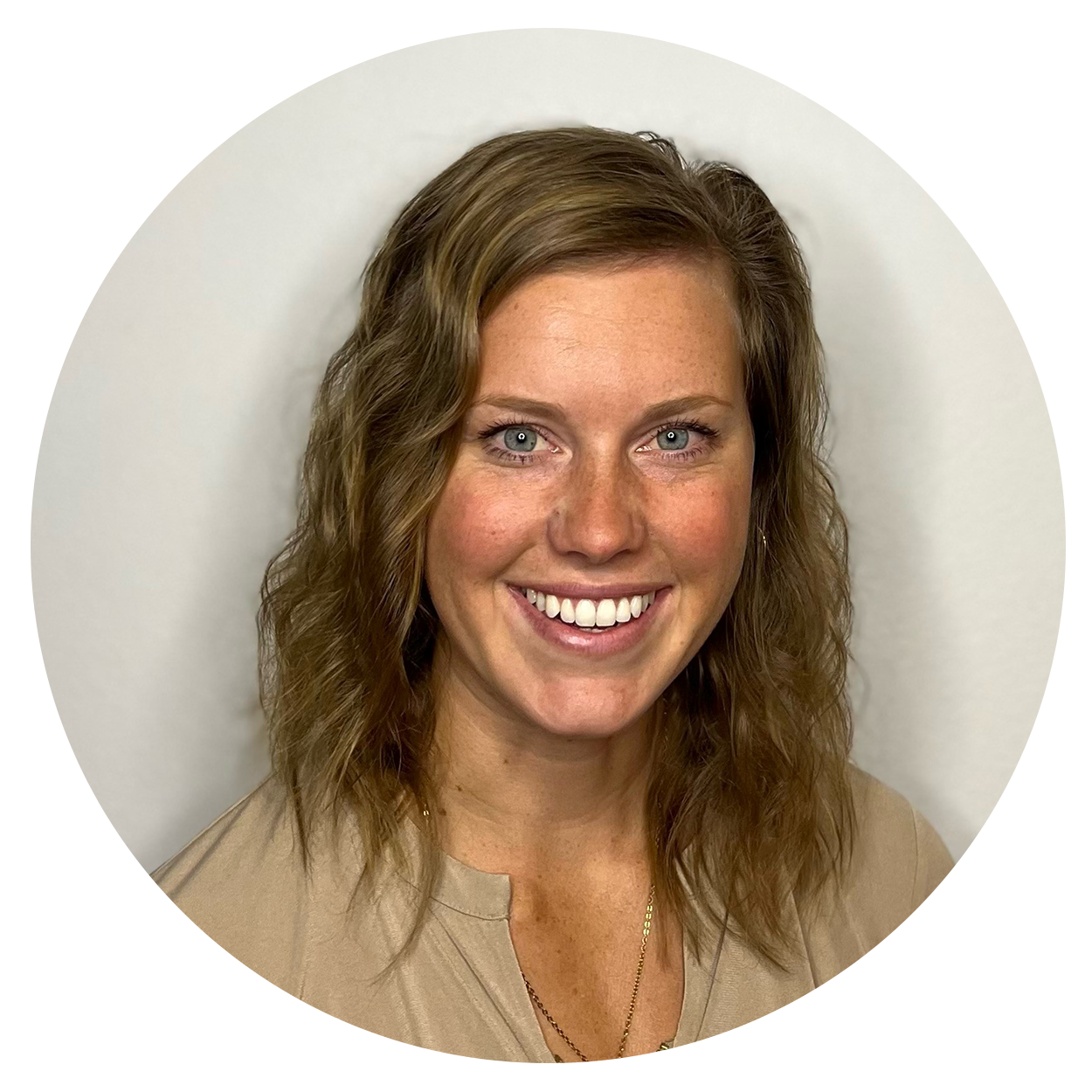
April McPherson, PhD
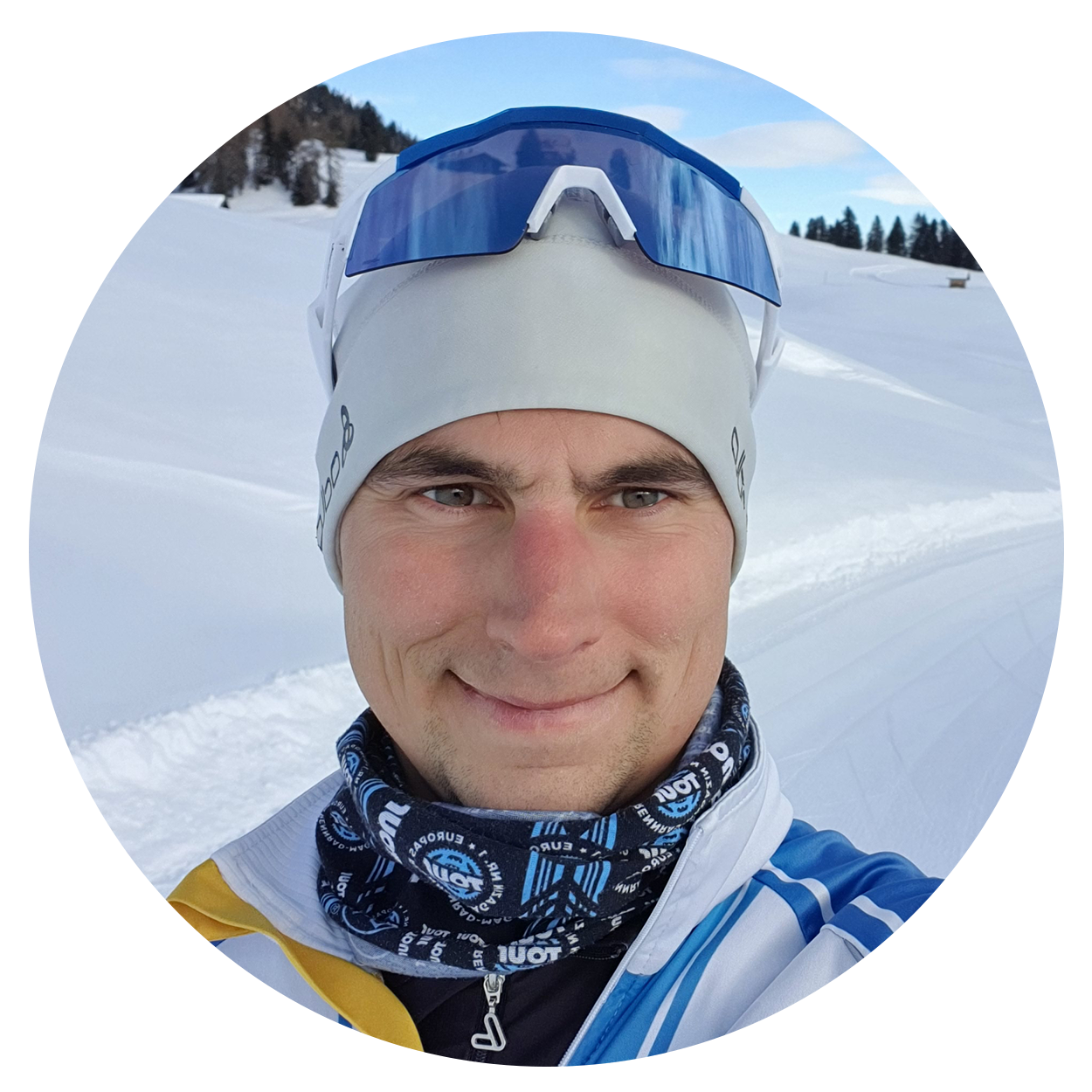
Daniel Debertin
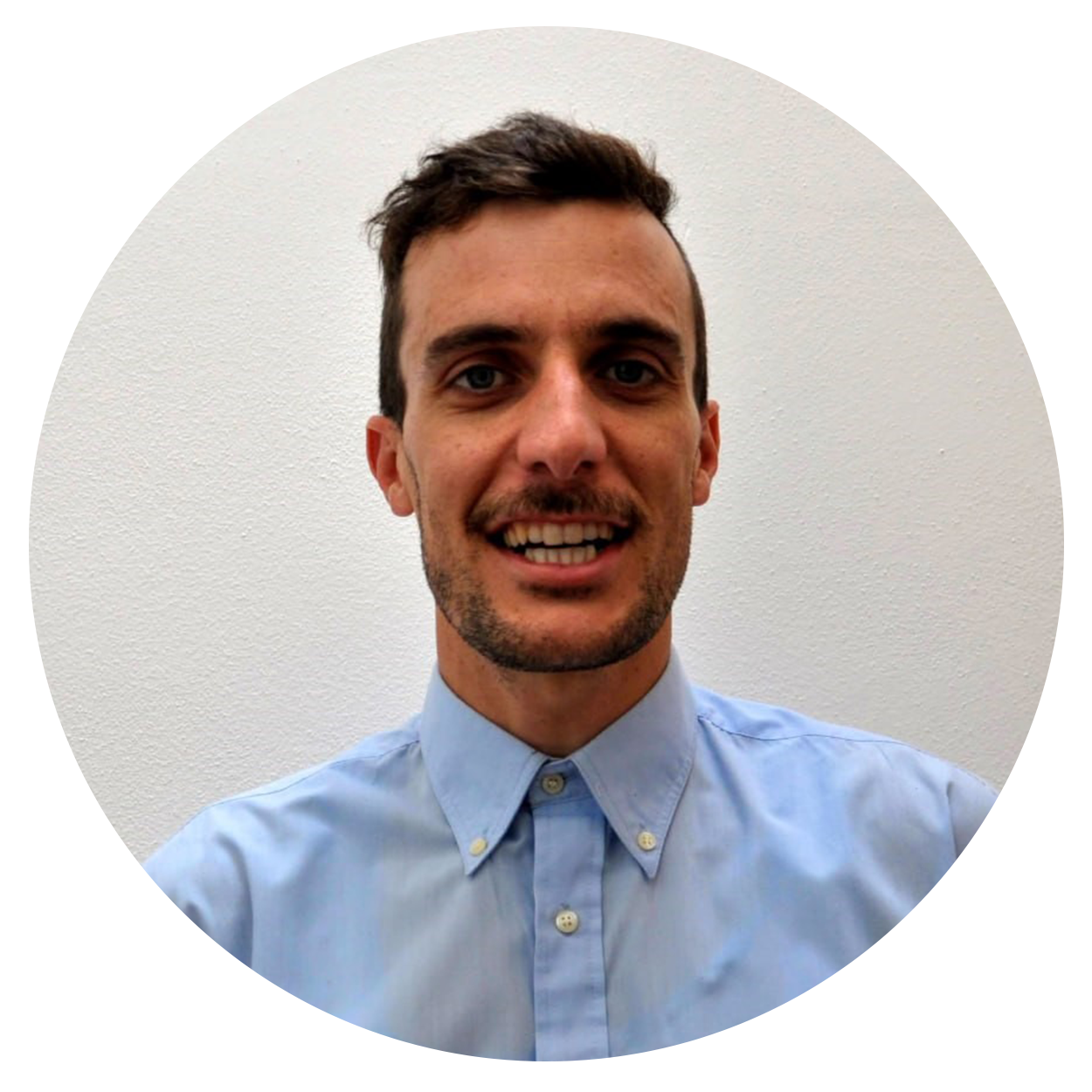
Damiano Fruet
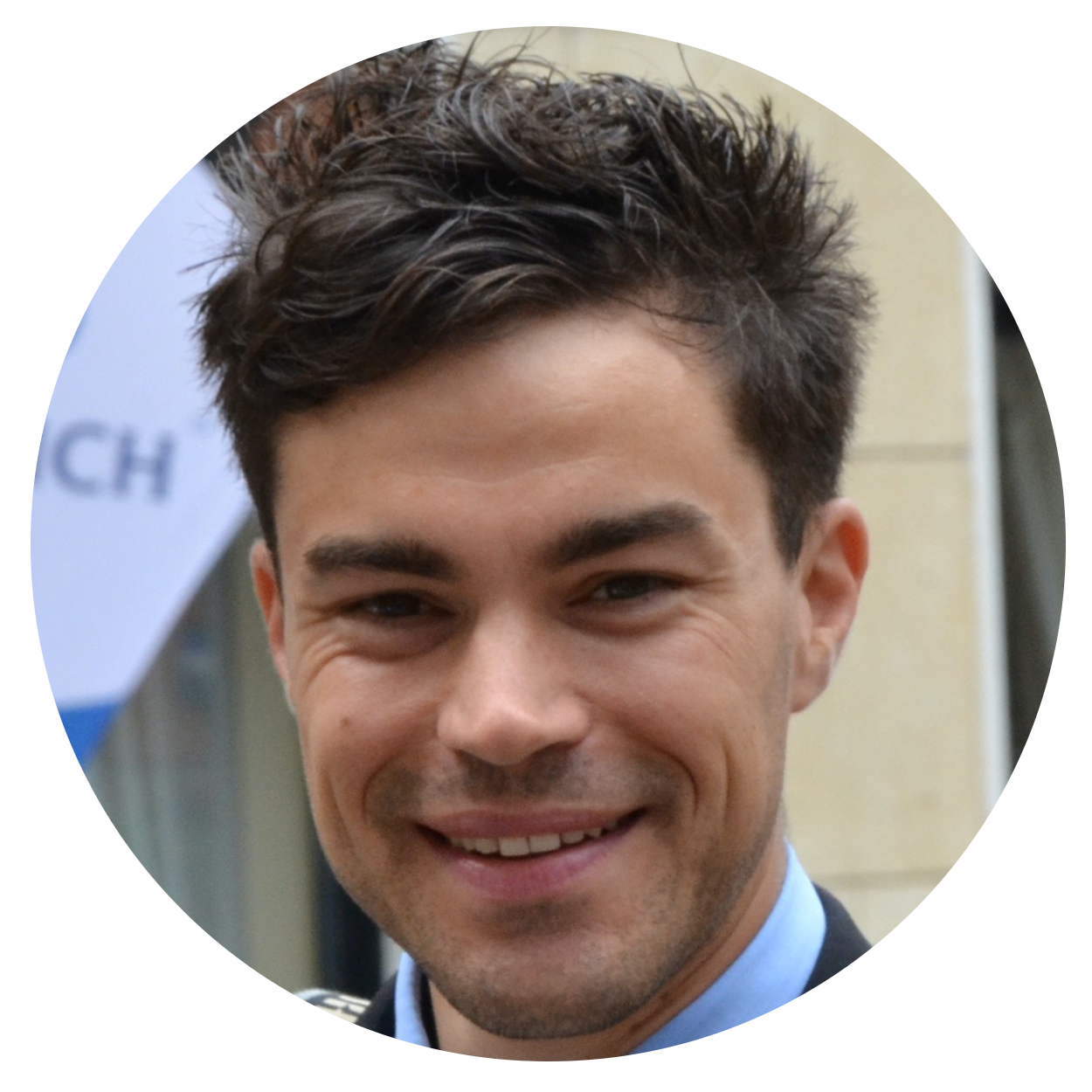
Andrea Zignoli
Registration is closed
